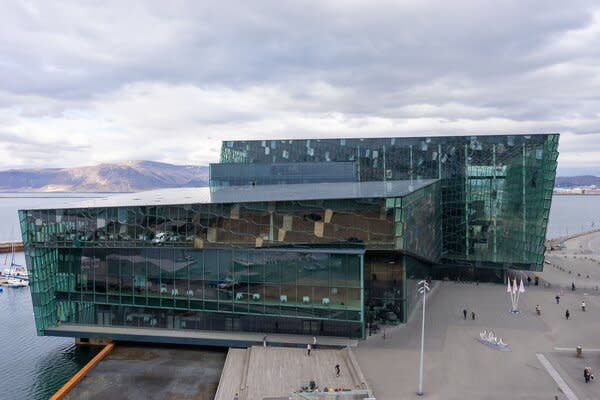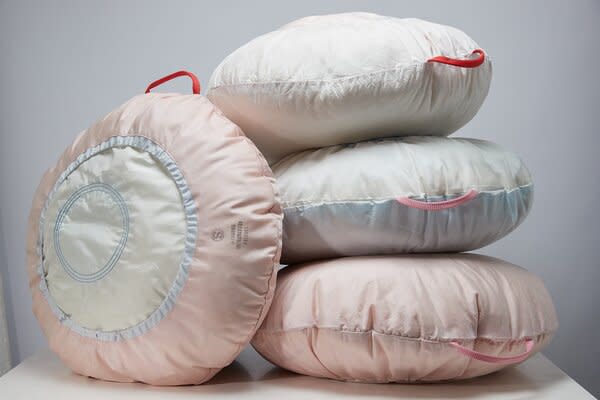The Wild and Wonderful World of Icelandic Design
- Oops!Something went wrong.Please try again later.
At the remote Nordic island’s DesignMarch festival, creators make the most of available resources through craft and circularity, while celebrating the natural world.

In Iceland, where winter is the longest season, the start of spring marks a period of renewal—in the landscape, in towns and cities, and in the county’s creative scene. For the past 15 years, the DesignMarch festival has channeled this energy into a packed program of events and exhibitions that pop up for just a few days and pass as quickly as a patch of sun in Reykjavík’s weather forecast. There’s a brisk pace to the proceedings, and a sense of sparkling vibrance—but also the feeling that you might miss something brilliant if you blink.
In many ways, it’s the polar opposite of Salone del Mobile, the world’s biggest furniture fair—you won’t find throngs of international visitors or cavernous halls exhibiting thousands of chairs. The scale is magnitudes smaller but the scope is broader and more experiential as fashion, art, film, and music take the stage alongside design and architecture. Walking from gallery, to runway, to the Harpa concert hall, it feels like a slice of the entire country’s creative output is on show.
And above all else, the work has a strong sense of place. Iceland is a small, remote nation with limited resources and manufacturing infrastructure, yet its design industry is actively emerging. Since there are few local icons, the door is wide open for designers to define what Icelandic design is—and they’re rising to the challenge as they experiment with big ideas, craft local materials in innovative ways, and strive to close the loop with resourceful practices and products.
Recycle, Reduce, Reuse
"When we order a bolt of fabric, we finish it" says Sæunn Þórðardóttir, designer at 66°North, Iceland’s premier outdoor clothing company since 1926. The brand has a long history of reusing scraps and deadstock material, which is as much a sustainability initiative as it is a pragmatic approach to making things on an island with limited resources. This thread of circularity—of keeping products and materials moving throughout the economy for as long as possible—surfaced in the work of many designers this year.
Sky Is the Limit by Daníel Atlason for 66°North
The Airbag by Studio Flétta for Fólk Reykjavík
See the full story on Dwell.com: The Wild and Wonderful World of Icelandic Design
Related stories:




